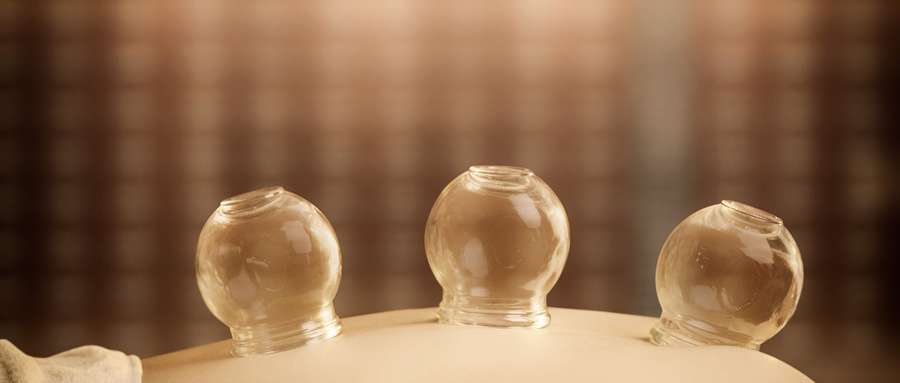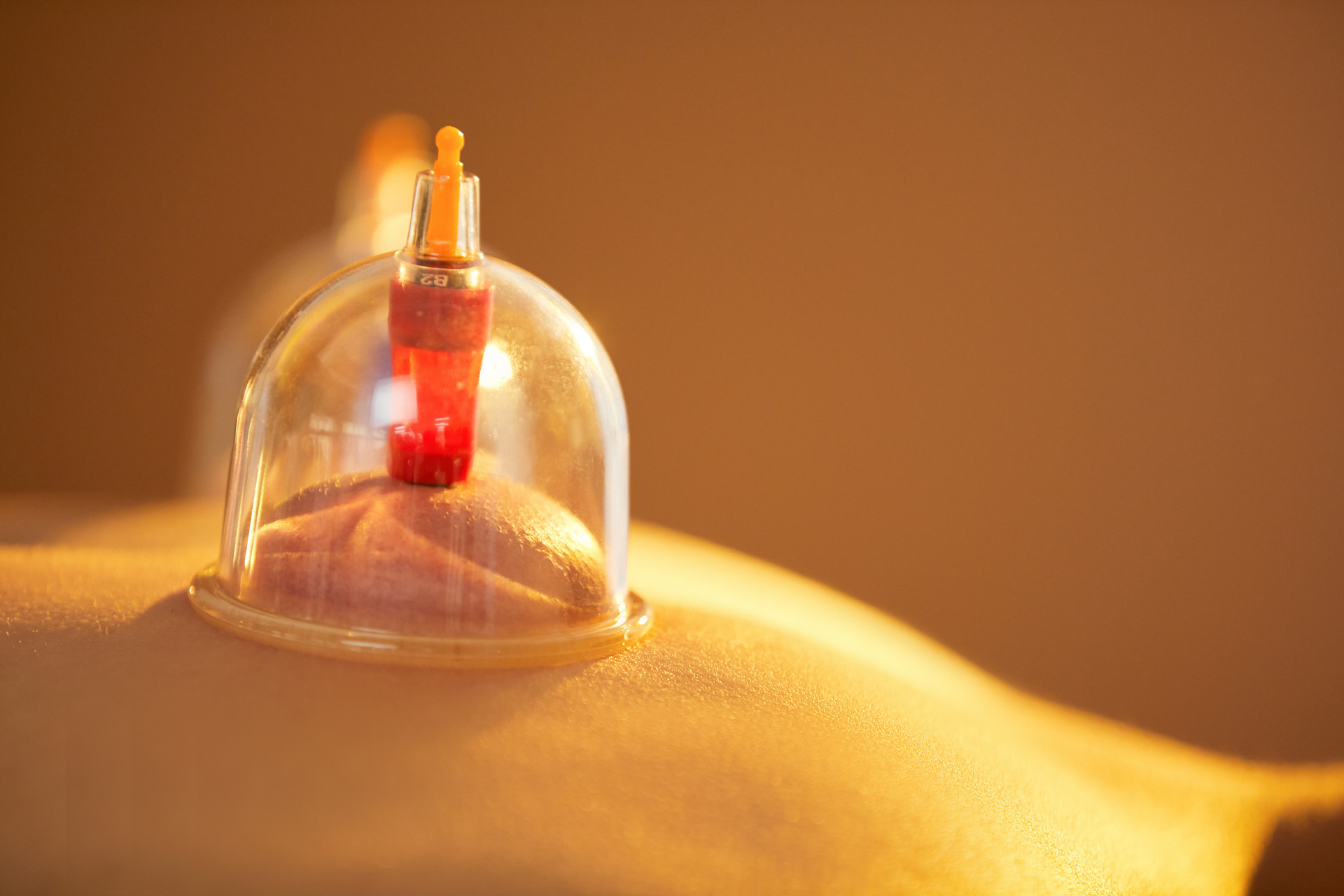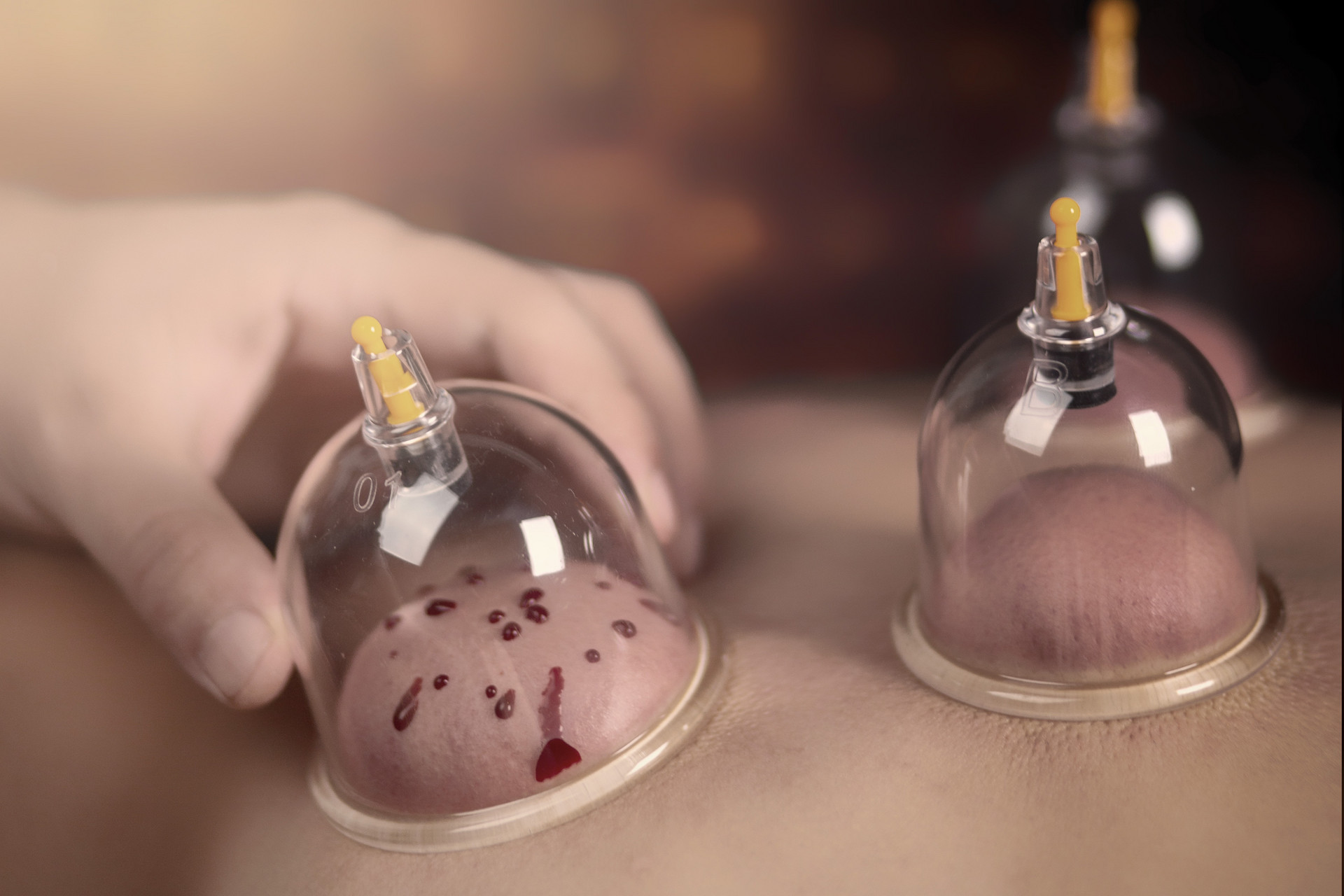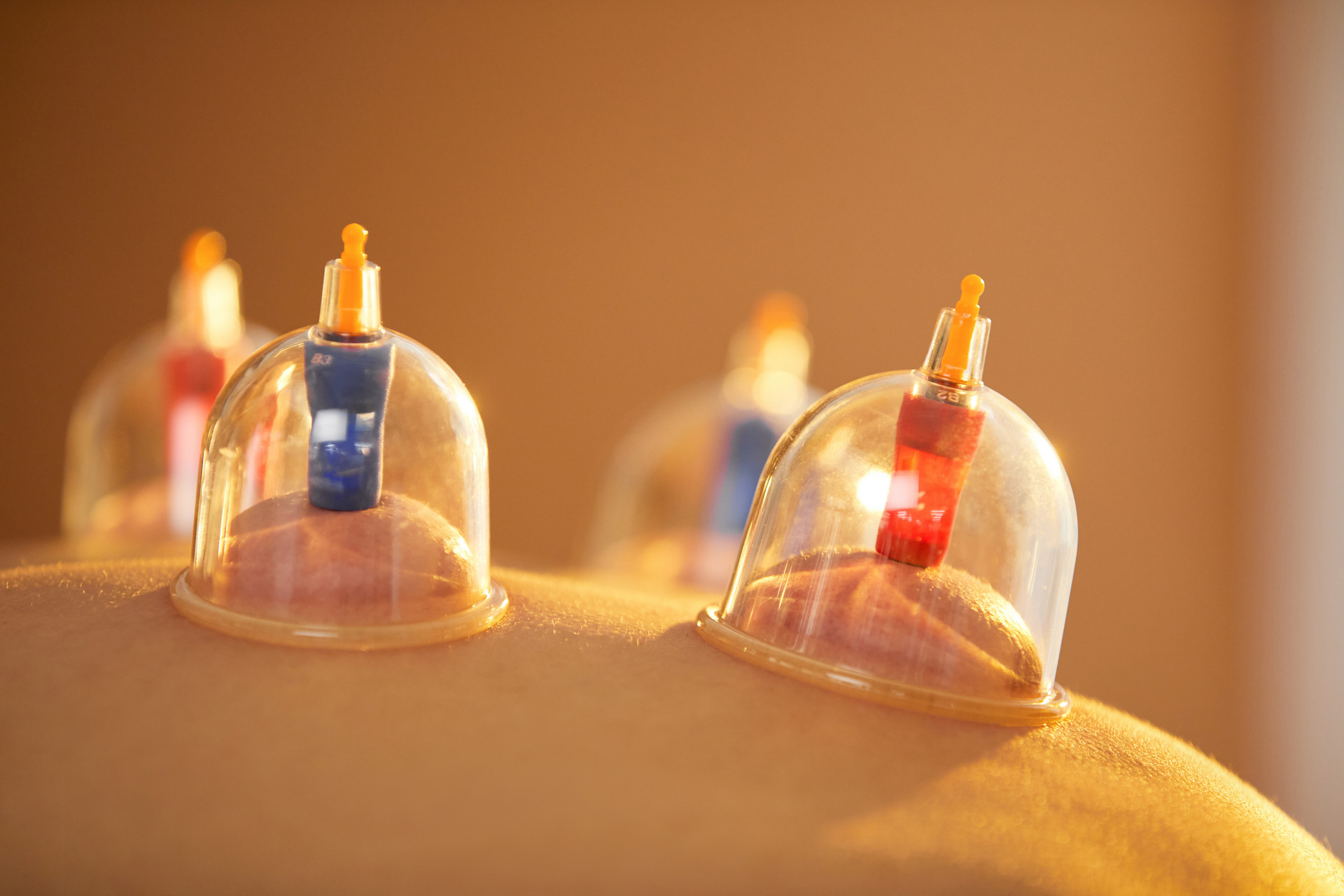Cupping method refers to the method of removing cups from the area to be cupped. The commonly used cupping methods are as follows.
1. Classification by exhaust method
(1) Fire cupping
Using the principle of thermal expansion and contraction to remove air. By using the heat of the flame during combustion, the air inside the cup is expelled, forming a negative pressure and sticking to the skin, which is called fire cupping. It is the most commonly used method and can be used for various diseases. The following are commonly used methods:
1) Fire throwing method: This method is mostly used for lateral horizontal cupping. During operation, fold a piece of soft paper or roll it into a paper roll (about 2cm longer than the depth of the cup), ignite it and burn about 3cm, quickly throw it into the cup, and immediately put the cup on the area to be cupped when the flame is strong.
2) Cotton sticking method: This method is mostly used for lateral horizontal cupping, but when using small cups, the suction force is weaker. During operation, use a piece of degreased cotton measuring 0.5-1cm, thin it around and slightly dip it in alcohol, stick it on the middle and upper part of the cup wall, ignite it, and quickly put the cup on the selected area to be cupped.
3) Alcohol dripping method: This method is suitable for various body positions. During operation, drop a few drops of ethanol (or medicinal wine) in the middle and upper part of the cup (do not let the ethanol stick to the cup mouth to avoid burning the skin), ignite it, and quickly put the cup on the selected area to be cupped.
4) Flashing method: This method is suitable for various body positions and cupping methods, especially for continuous cupping. During operation, clamp the alcohol cotton ball or paper with hemostatic forceps or tweezers, ignite it, rotate it in the cup for a moment, quickly remove the cotton ball or paper, and immediately cover the cup on the selected area to be cupped. When a greater suction force is needed, the burning ethanol cotton ball can be rotated and wiped on the middle and upper part of the cup wall, and then the cotton ball is quickly removed and the cup is placed on the area to be cupped. To improve efficiency, a fine iron wire is often used to wrap gauze around a thick iron wire of No. 7-8 to make a flash igniter for backup. During operation, dip the igniter into the ethanol bottle, lightly squeeze or shake off the excess ethanol, and then ignite it. Dip ethanol once, cup multiple times continuously, and blow out the flame when not in use. It is necessary to blow out the flame in time when the ethanol is about to burn out, and if cupping is needed to continue, re-dip ethanol and ignite it. If the gauze on the igniter is not burned completely, replace it in time to ensure sufficient firepower and prevent the gauze from falling off and causing burns.
5) Fire support method: This method is suitable for prone, supine large area parts and flat parts with thick muscles in the limbs. When the operation site is not flat, apply some Vaseline to the operation site to facilitate the adhesion of the fire support. Then use an object with a diameter of 2-3cm that is non-combustible, non-heat-conducting, such as the cap of an ink bottle or medicine bottle, rubber wood or orange peel, placed in the center of the area to be cupped, and place an ethanol cotton ball on it. After ignition, immediately put the cup on it. Its characteristics are that it is not limited by burning time, has strong suction force, but is limited to certain areas.
(2) Water cupping
It refers to the exhaust method of using boiling water to form negative pressure inside the cup. First, put the bamboo cup in boiling water for 2-3 minutes (not more than 5 minutes), then use chopsticks or tweezers to hold the cup (with the mouth facing down), shake off the water, quickly cover the cup with a folded sterilized damp cotton ball, suck out the water, and immediately put the bamboo cup on the area to be cupped. After putting on the cup, hold the bamboo cup against the skin for about half a minute to make it adhere firmly. This method is one of the commonly used methods in folk.
(3) Vacuum cupping
First tightly attach the vacuum cup to the area where cupping is needed, use a syringe to draw out the air from the rubber stopper, create negative pressure, and then it can be sucked. Or use a suction syringe to cover the piston of a plastic cup, draw out the air, and then it can be sucked. Its advantages are that it can avoid burns, the operation is easy to grasp, and the negative pressure can be adjusted. The commonly used methods are as follows:
1) Air bellows exhaust method: Use one green or streptomycin empty bottle (dig a hole in the bottle cap and cut off the bottom, grind the edge flat), tightly attach it to the area to be cupped, then insert a 10-20ml syringe needle into the rubber stopper, draw out the air in the bottle to create negative pressure, and then the bottle can be sucked.
2) Rubber ball exhaust cupping method: Connect the rubber exhaust ball to the cupping device. The operator firmly presses the bottom of the cupping device against the area to be cupped with one hand, and continuously squeezes the rubber exhaust ball until the desired negative pressure is reached. If the rubber ball is equipped with a switch knob, the knob should be opened before exhausting, and closed when the negative pressure is reached. When using a combination cupping device, the operation can be performed with one hand. When the desired negative pressure is reached, stop squeezing and close the valve, then remove the rubber exhaust ball.
3) Electric suction device exhaust method: First, connect the electric suction device to the power supply, start the machine, and turn the negative pressure control knob clockwise to the maximum negative pressure value. Use the palm to block the suction tube mouth and observe the vacuum gauge to confirm that the machine is functioning well. Then adjust the negative pressure to the desired value. Generally, cupping requires about 40-53.31kPa, and the negative pressure value can be adjusted according to different needs. During use, connect the suction tube to the interface at the top of the cupping device for exhaust. When the appropriate negative pressure is formed in the cup, remove the suction tube. The specific placement time should be determined according to the negative pressure size, specific area, and condition.
2. Classification by cupping form
(1) Single cupping method
It is used for small lesion areas or obvious tender points. Select a suitable diameter fire cup according to the size of the lesion or tender area, such as cupping at the middle epigastric region for gastric diseases; cupping at the internal bicipital groove for long head of biceps tendonitis; cupping at the superior part of the scapula for supraspinatus tendonitis.









